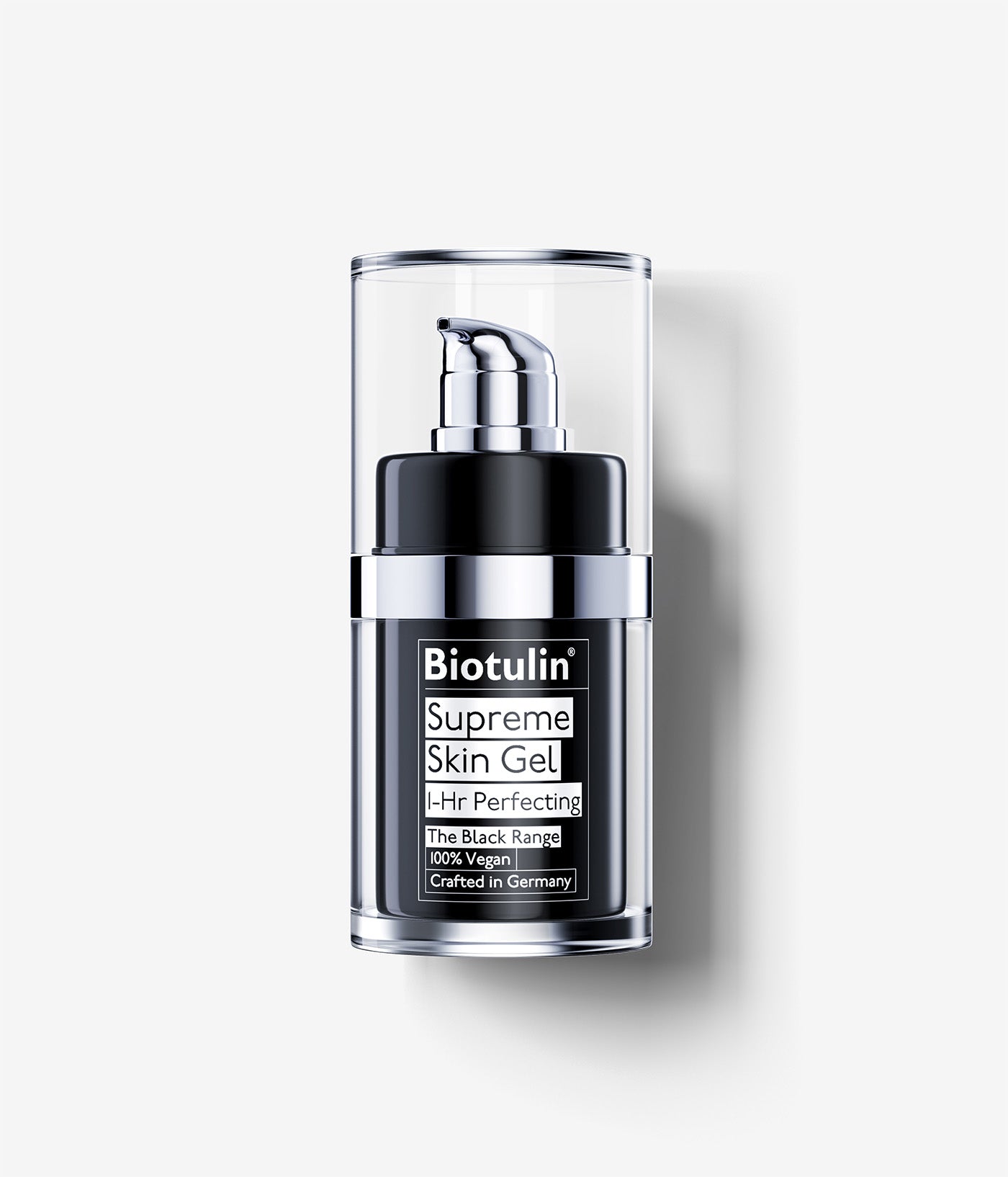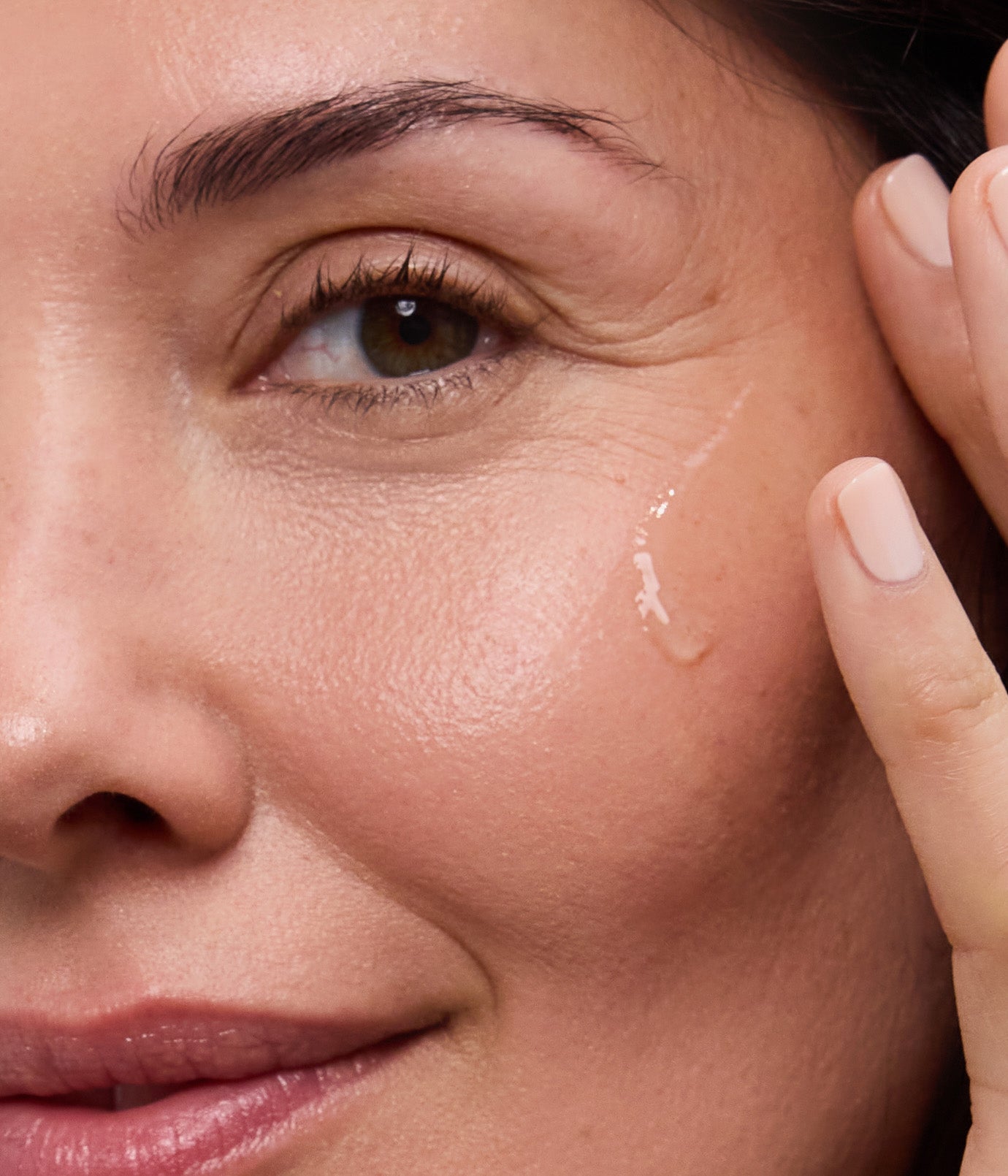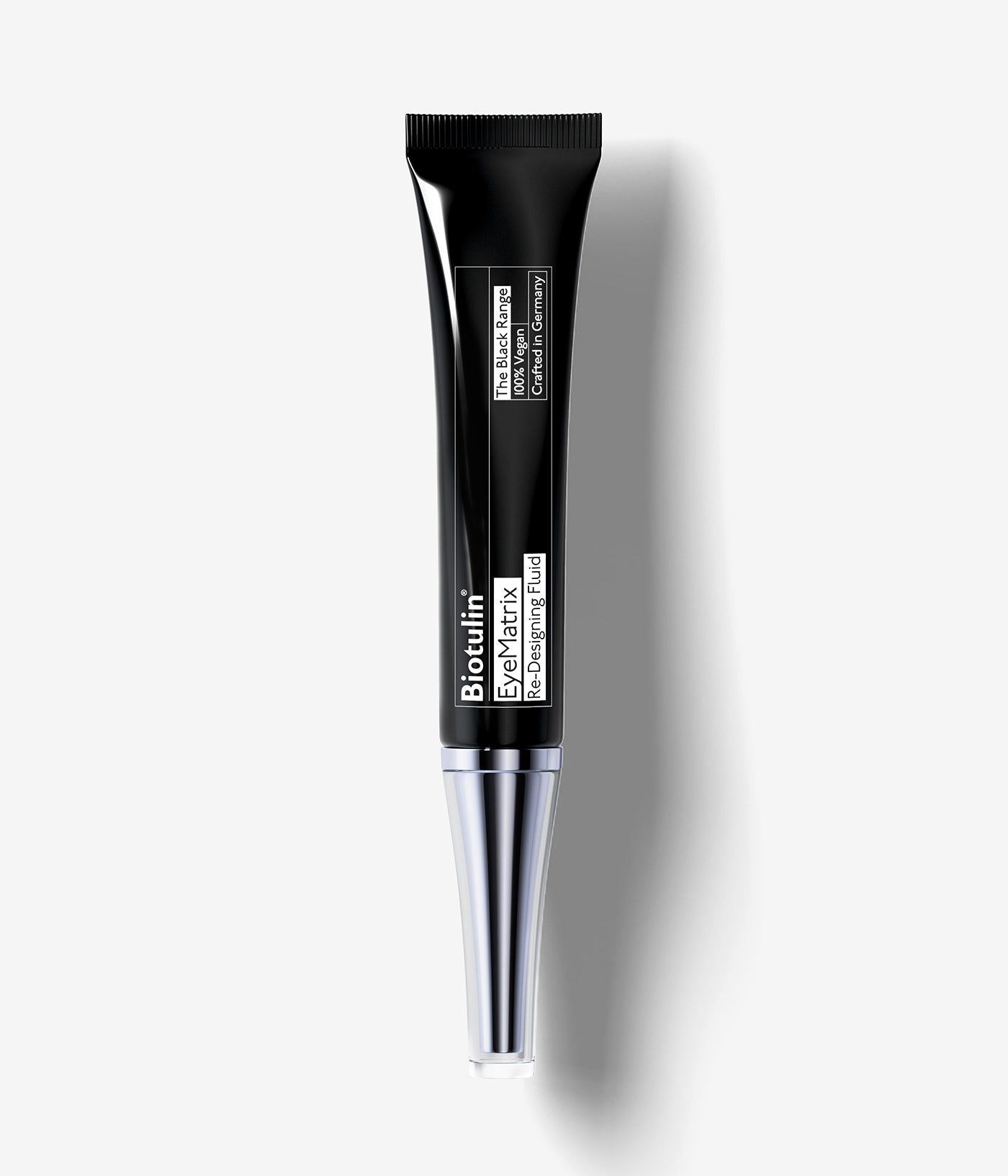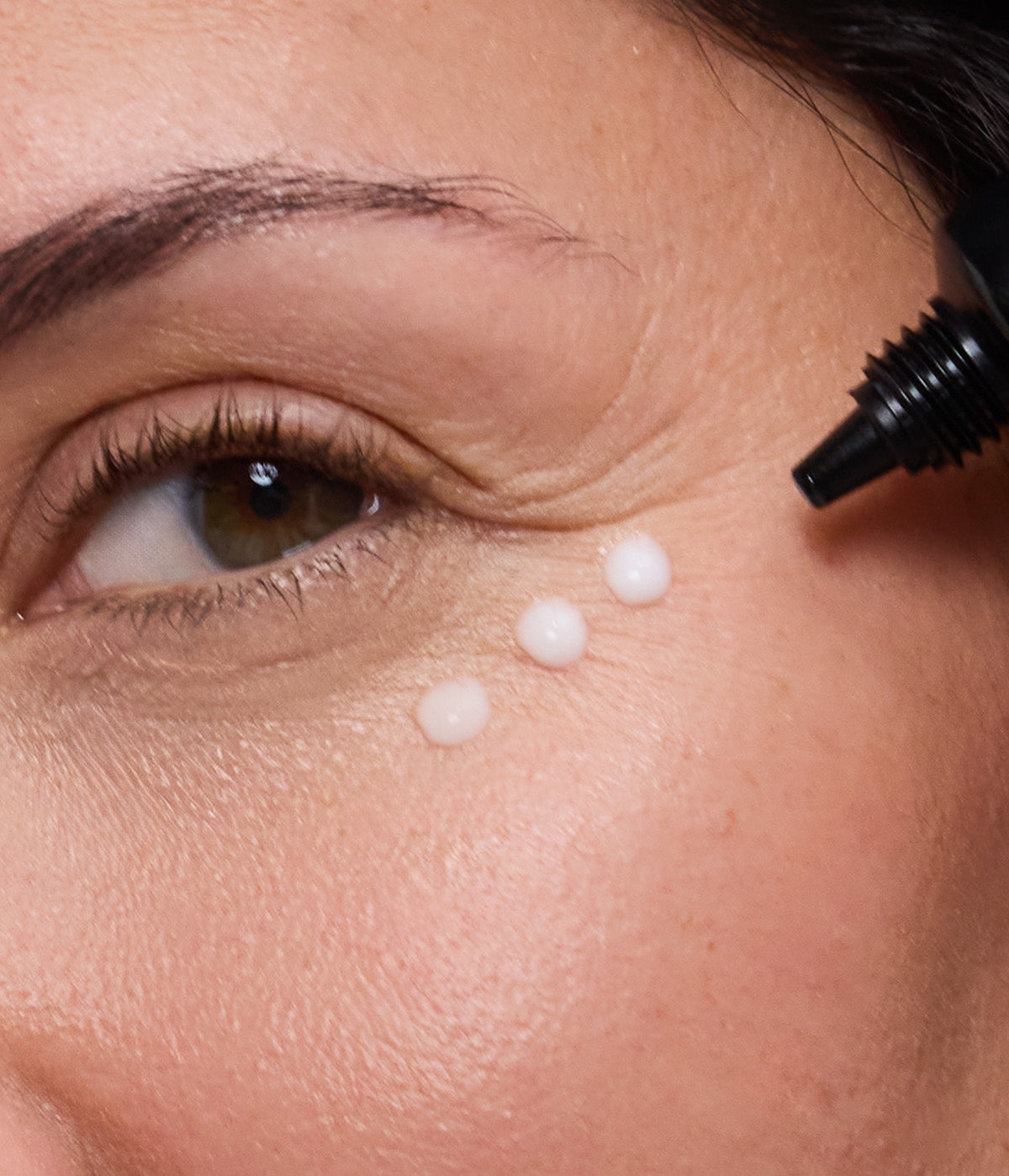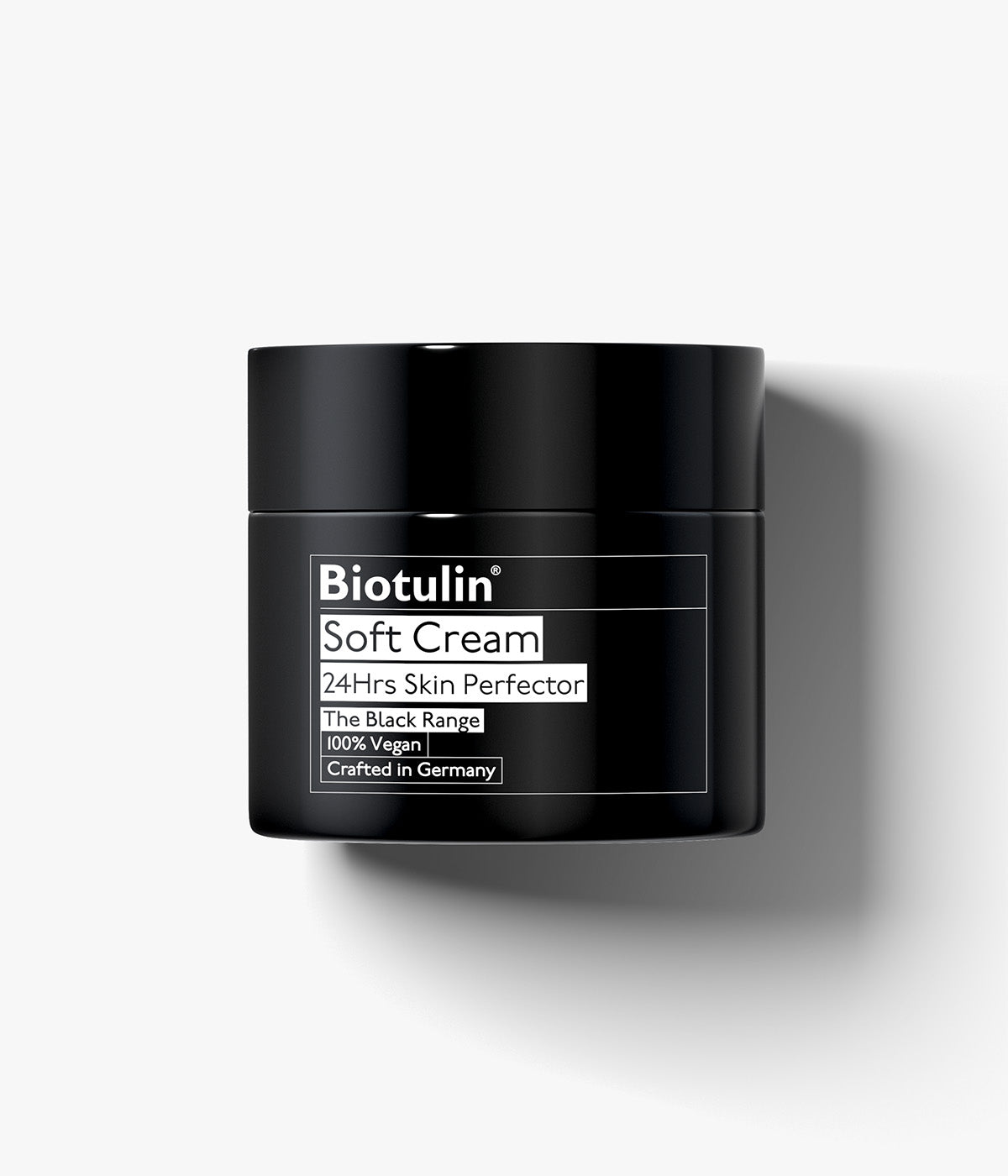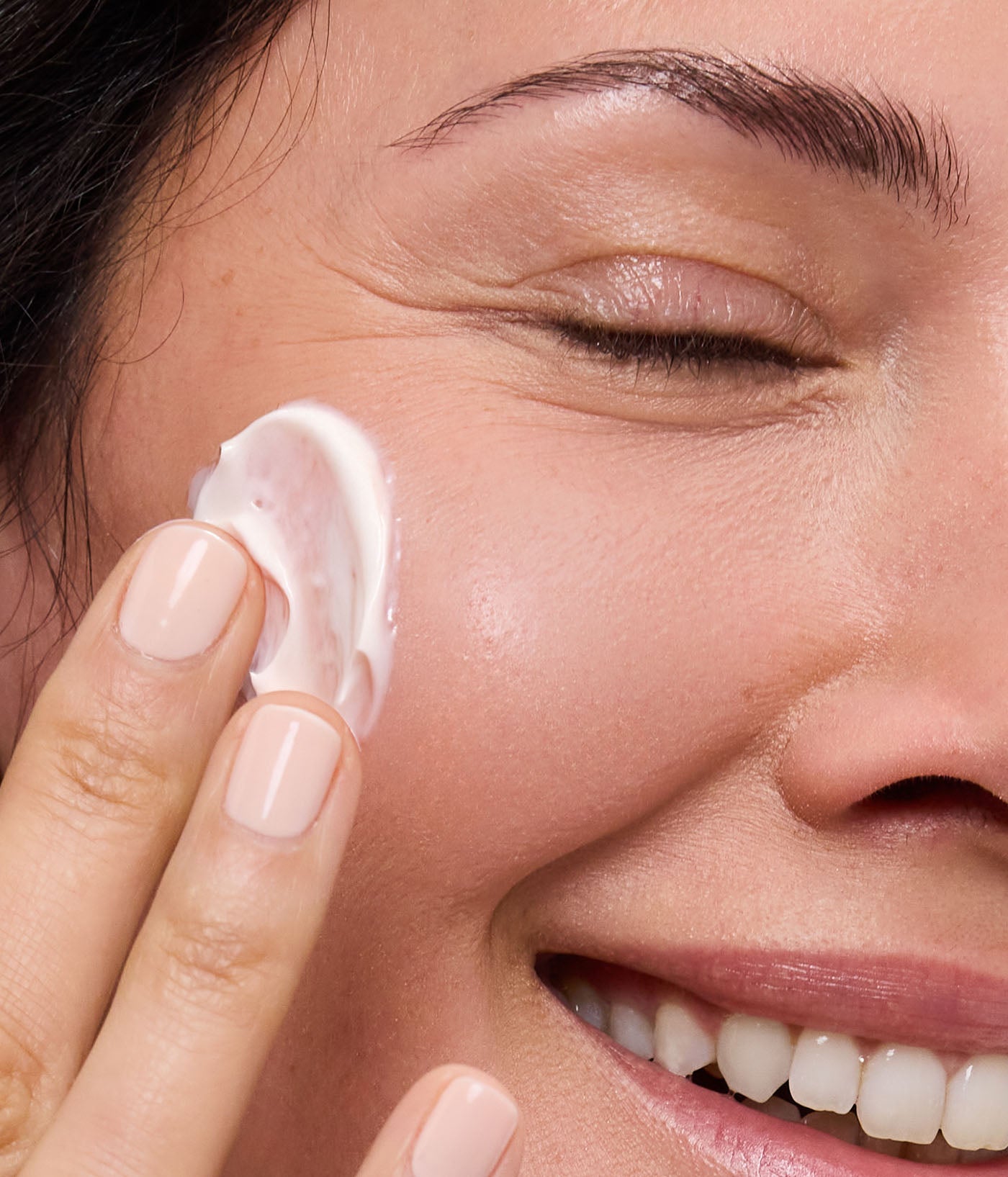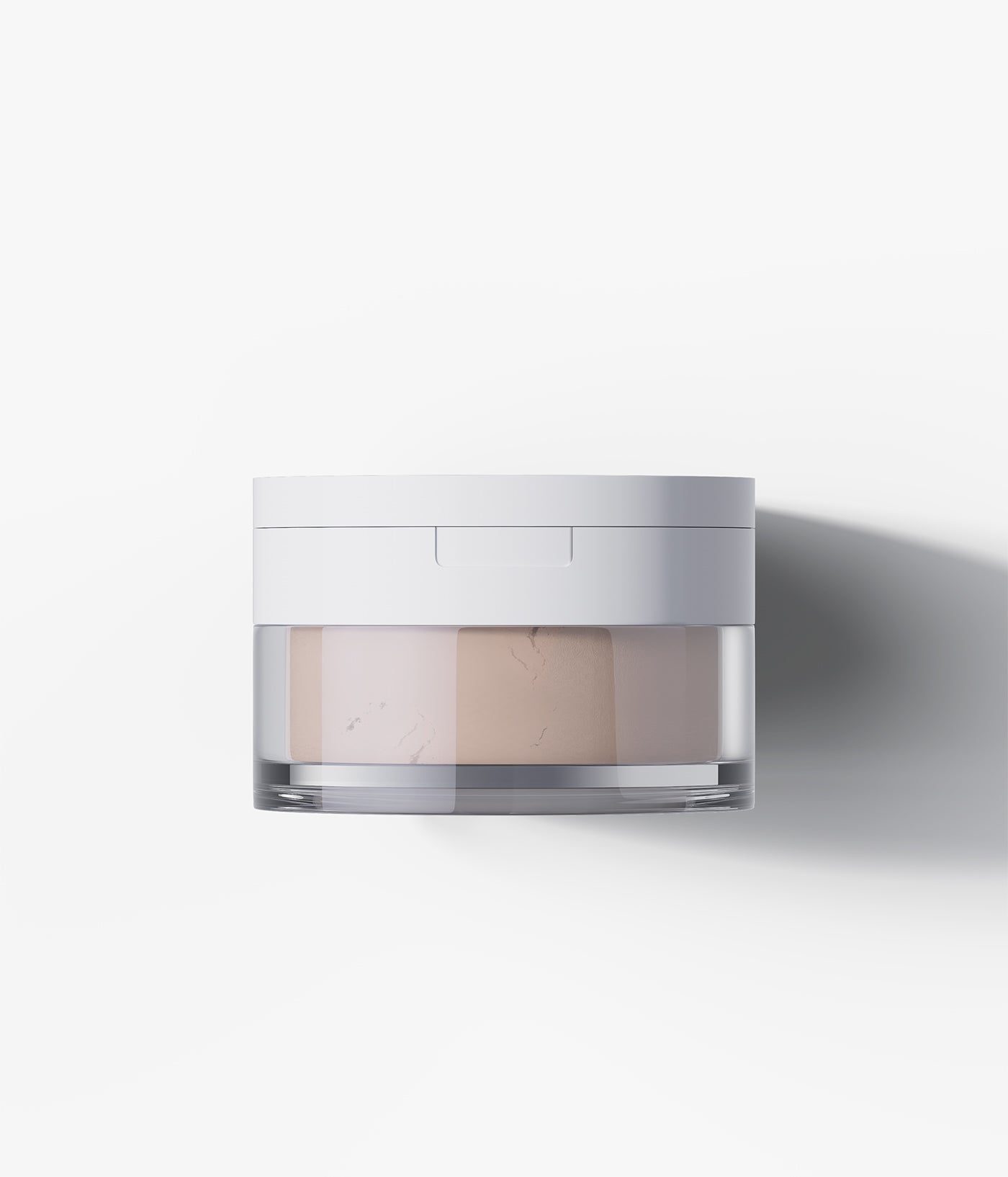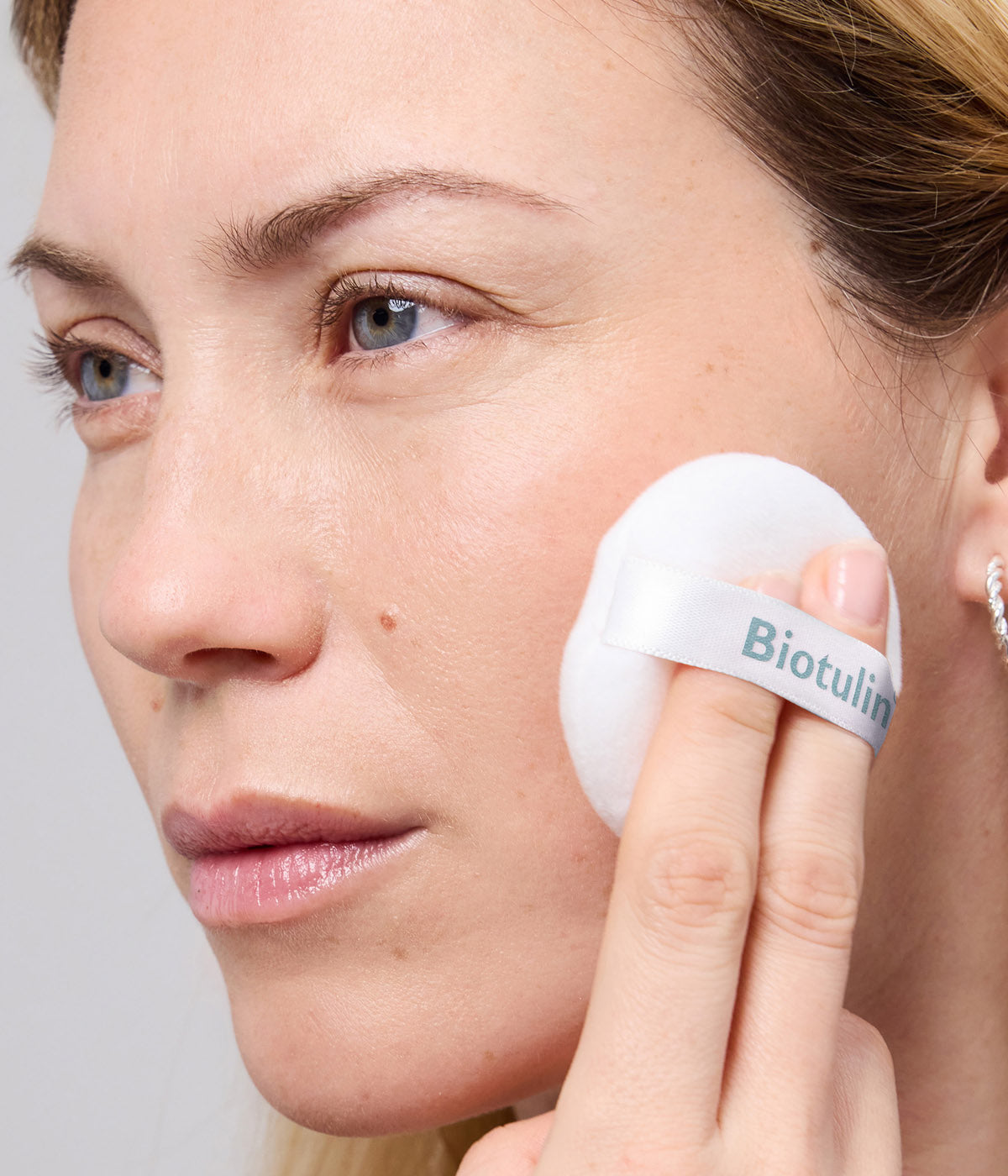Many of you already know from our blog post about gel nails, how to do it yourself and the advantages and disadvantages of gel nails. Now there is a new method with "UV nail polish", which is applied similarly to nail polish, but lasts much longer and is more stable because it hardens as a gel. This blog post explains how it works and what to look out for. We also list the similarities and differences between UV nail polish and UV gel to help you decide which is best for you.
Similarities to UV gel
- The durability of both methods is very appealing, as UV nail polish can last up to three weeks on your fingernails without chipping or breaking off. With UV gel, you should also reapply every three weeks, but you can also get up to four weeks of durability.
- The special thing about both methods is that they are very durable. Normal nail polish flakes off quickly, so that after a few days it no longer looks good and you have to repaint your nails. UV nail polish remains durable, scratches do not show up so quickly, and nothing flakes off like UV gel.
- The application method is the same, as normal nail polish needs to air dry, which is often very time-consuming. UV nail polish and UV gel are cured under a UV lamp to make them very hard and durable. There is a slight difference here, as UV nail polish does not need to be cured under a UV lamp for as long as UV gel.
Differences to UV gel
- With UV nail polish, you should make sure that your own natural nails are not too thin and badly damaged, otherwise the UV nail polish will not hold and will come off on its own. This is different with UV gel, which is also suitable for damaged and cracked nails, as the texture of UV gel is different to that of UV nail polish.
- UV nail polish can be removed relatively easily and quickly as there is a special remover with acetone. You use remover pads to drip some acetone remover onto them and then wrap them around the nail so that it can work for 7-10 minutes. The UV nail polish then comes off and the nail polish can be pushed off the natural nail with a special removal tool. Care should be taken when removing the UV gel, as the gel has to be filed off and there is a risk that the natural nail will also be filed off, making it thinner. This can also be very painful if you are not careful!
- There are also differences in appearance, as the UV gel is applied much thicker and it is usually immediately noticeable that the nails have been strengthened or lengthened with gel, as you can see it very clearly from the side. With UV nail polish, it usually looks like normal nail polish in the end, as it is applied much thinner. Of course, in the end it depends on how many coats you apply, but with UV nail polish there are usually only three to four coats that need to be applied.
Do-it-yourself step-by-step instructions
Step 1: The first step is to prepare the natural nails, i.e. push back the cuticles and remove the remnants. Then file the natural nails into the desired shape with a file. It is important that this is already the final shape, as the UV nail polish is not filed into shape later, but simply applied and cured. The natural nail should also be filed down a little, for example with a buffer, so that the UV nail polish later adheres to the natural nail. Finally, degrease the nails again by going over them with a towel moistened with a little cleaner liquid.
Step 2: Once the nails are filed to the desired shape and degreased, apply the first coat of UV nail polish. The first coat is called the "base", just like regular nail polish, but this coat must be cured under the UV lamp for 30-60 seconds, depending on the manufacturer. It is very important not to remove the layer of sweat that has formed after curing, as this ensures the hold between the layers of UV nail polish.
Step 3: Now it's time for the colored polish. You can choose to go with a single color or a full design. If you decide to go with one color, apply a thin layer of UV nail polish in the desired color. This must then be cured in the UV lamp for 30-60 seconds, depending on the manufacturer. In most cases, a second coat of the same color must be applied and cured in the UV lamp for another 30-60 seconds. Again, do not remove the sweat layer.
Step 4: Now it's time for the final coat: the top UV nail polish. In theory, it's like the top coat of a regular nail polish, but as a UV polish. It seals the nails and ensures that the colored polish underneath does not flake off. There are several types of nail polish, as there are not only glossy, but also matte or similar. The top layer of UV nail polish is applied, making sure that it seals the nail polish underneath so that it does not peel off. Cure this layer of UV nail polish under the UV lamp for 30-60 seconds. Remove the sweat layer with a cotton swab moistened with the cleaner.
Step 5: It is just as important to take care of your nails afterwards, which is why you should use a nail oil. It should be applied to the edge of the nail where the cuticle is, so that the nails continue to grow well and are well cared for. This should be repeated about once a week to give the nails a good base.



